- Home
- Material Handling
- Storage Workspace
- Storage Cabinets
- Shelf Wardrobe Janitorial Cabinets
.....Read More
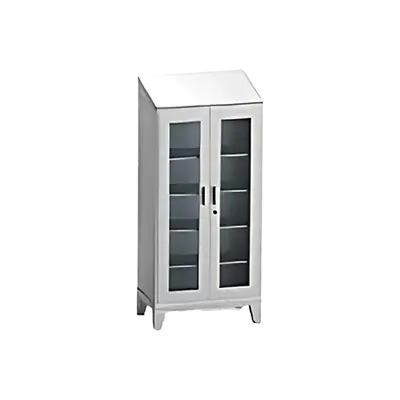
Clearview Mobile Shelf Cabinets
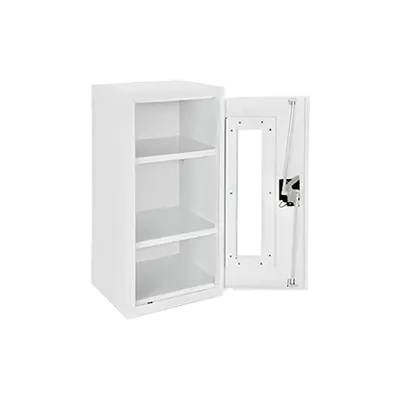
Clearview Stationary Shelf Cabinets
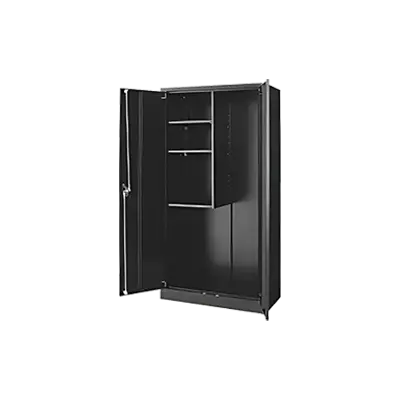
Mobile Janitorial Cabinets
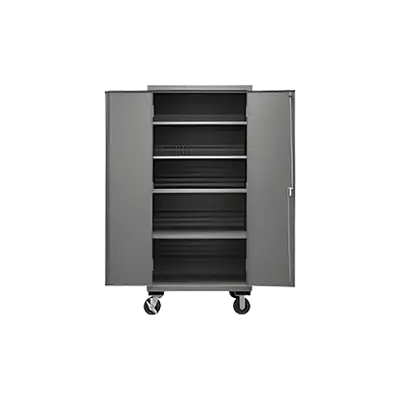
Mobile Shelf Cabinets
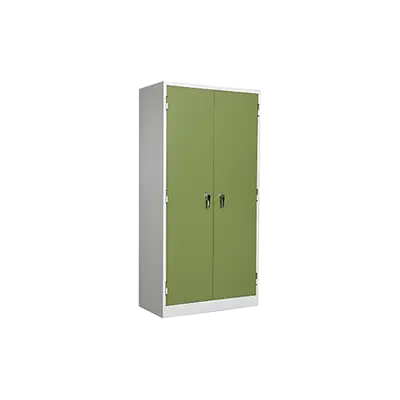
Mobile Wardrobe Cabinets
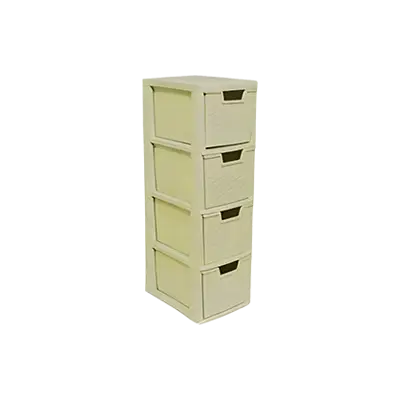
Plastic Stationary Shelf Cabinets
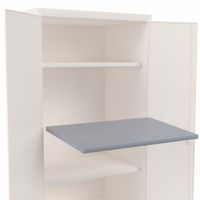
Shelf, Wardrobe & Janitorial Cabinet Accessories

Stationary Combination Cabinets

Stationary Janitorial Cabinets
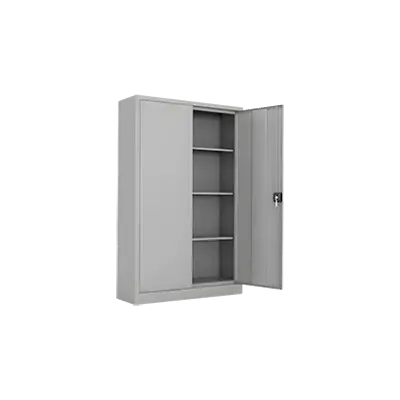
Stationary Shelf Cabinets
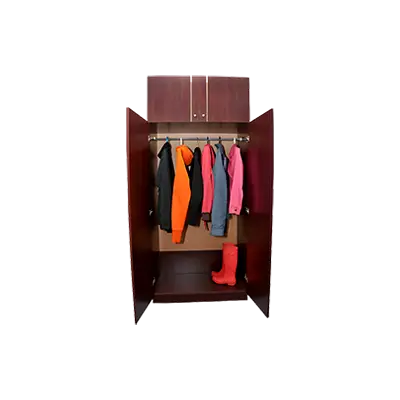
Stationary Wardrobe Cabinets
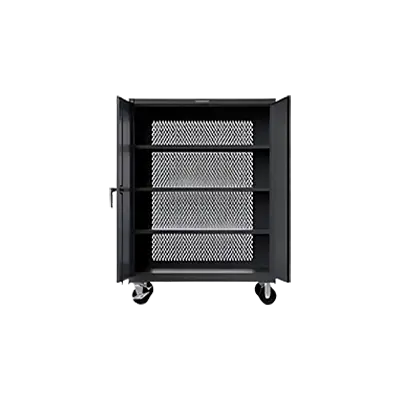
Ventilated Mobile Shelf Cabinets

Ventilated Stationary Shelf Cabinets
Frequently Asked Questions
What is the best material for a shelf cabinet?
How do I organize a wardrobe cabinet efficiently?
What are the dimensions of a standard janitorial cabinet?
How do I install a shelf cabinet securely?
What is the difference between a wardrobe and a combination cabinet?
How do I maintain and clean a janitorial cabinet?
What are the weight limits for shelves in a cabinet?